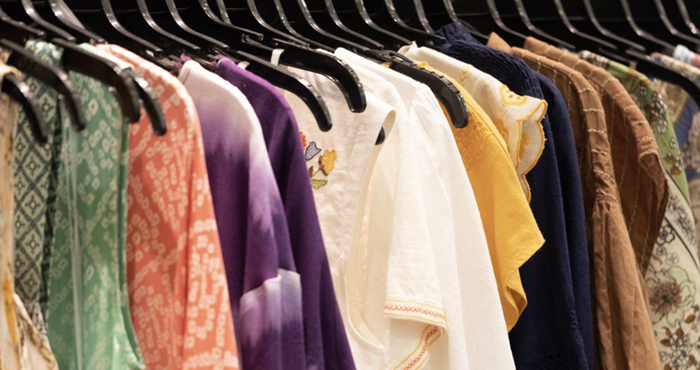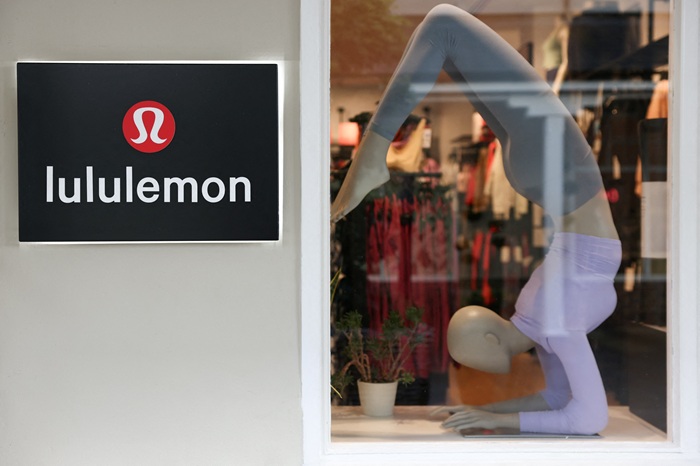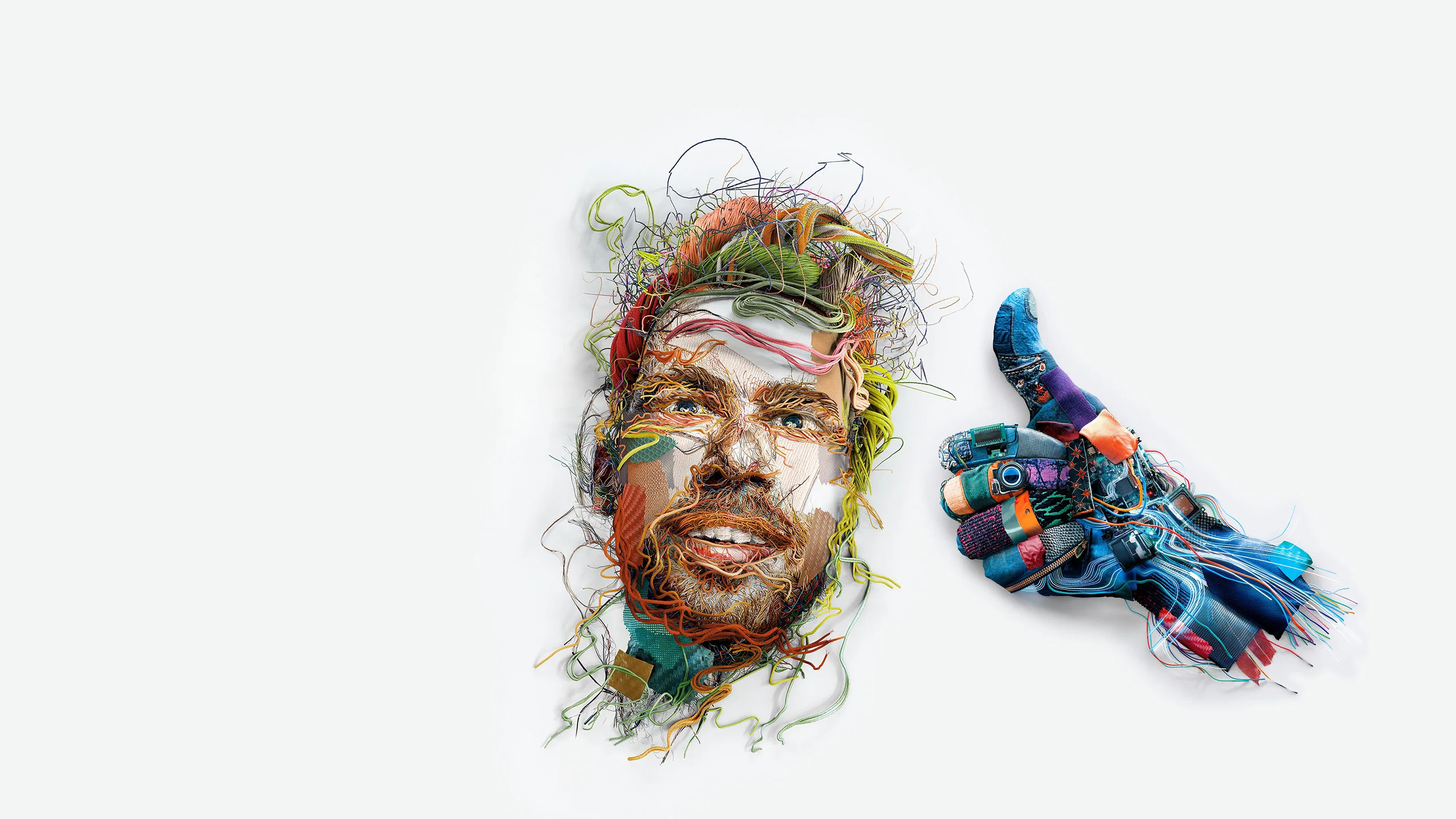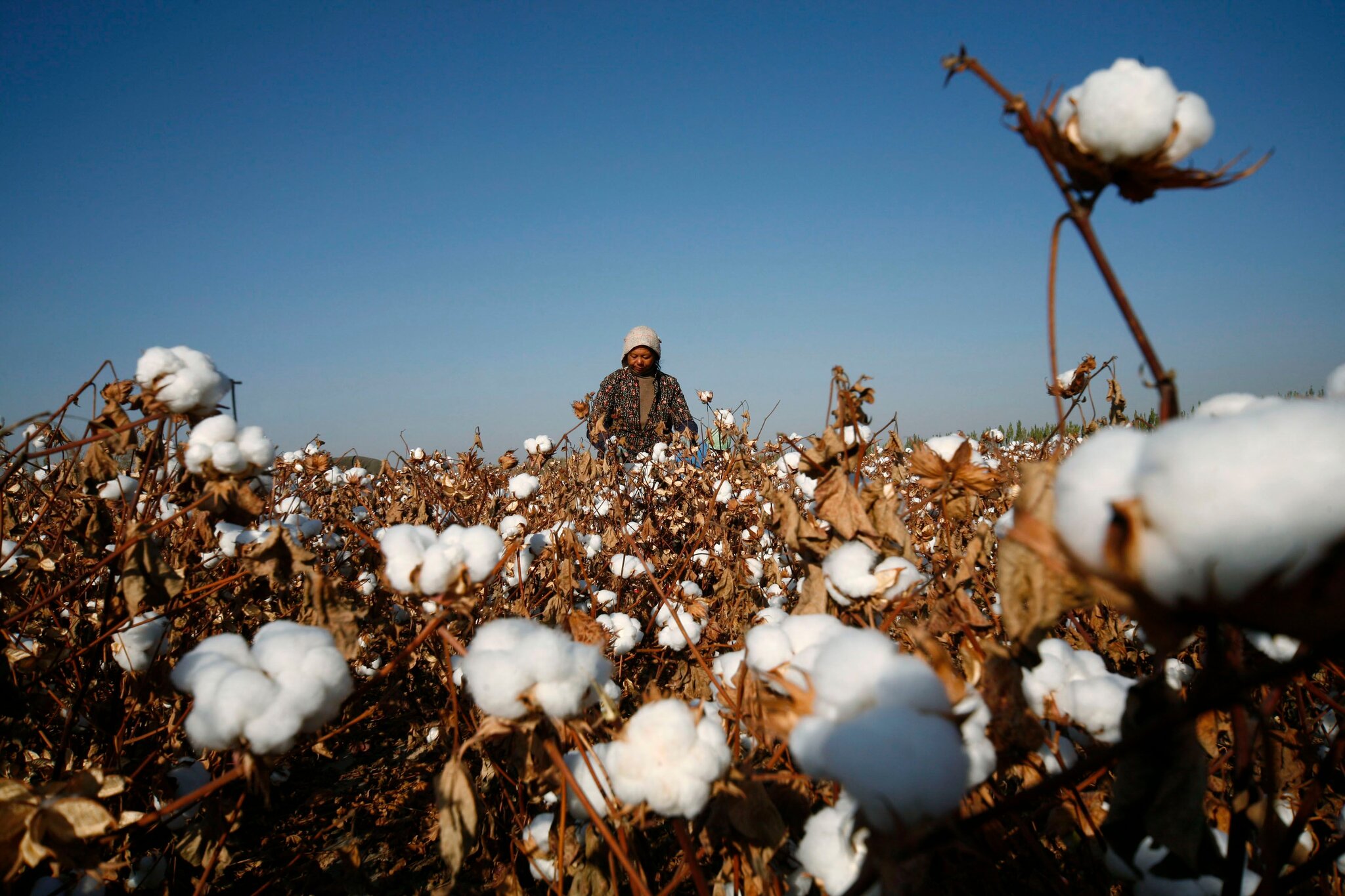FW
The Namaste France festival is an excellent platform for French people to view and understand historically rich cultural traditions of India. And a part of this festival, the French European Indian Fashion Week will be held from October 21 to 23 in Paris. For long, India-France bilateral relationship has witnessed a significant cooperation in various sectors like defence, scientific research, space, culture, education etc. Now, it is the turn of cooperation in the field of fashion designing.
Several Indian fashion designers continue to be inspired by French fashion styles. Drawing inspiration from this, World News Network through its 'French European Indian Fashion Week' is trying to promote the cooperation between Indian and French fashion designers.
In addition, several global fashion designers will show their latest designs to Parisians. This Fashion Week coincides with the ongoing ‘Namasté Francé’ cultural extravaganza being organised by the Embassy of India, Paris from September 15 to November 30 in various cities of France.
The Namaste France festival provides an excellent platform for the people of France to view and understand historically rich cultural traditions of India. Recognizing the importance of exchanges in the field of fashion, Namasté France cultural festival will also associate with the French European Indian Fashion Week.
On the other hand, the French European Indian Fashion Week will take place at the Eiffel tower on October 21-23. The president of French European Indian Fashion Week Satish Reddy will introduce a unique and iconic Fashion Week on the 1st level of the Eiffel Tower.
Curtains of ITMA ASIA + CITME, China’s most important trade fair for textile industry will go up at Cheminitz, Germany on October 21. Visitors to the fair would be able to familarise with latest textile trends and machinery for textile production. For example, Terrot Group, manufacturer of circular knitting machines will exhibit two machine models of the brands Terrot and Pilotelli. Its circular knitting machines are produced at the site of Chemnitz, Germany whereas Pilotelli’s are made in Italy.
Among the exhibits will be the SL4 version, latest generation of Pilotelli’s sinkerless technology that incorporates newly engineered technology that is patented by Terrot. The machine guarantees high output and reduced maintenance. The model stands for extremely reliable plating technology, especially in use of elastane, low maintenance up to 10 times lesser and user-friendly operation. It masters fine fabrics up to gauge E40 and the stitch forming technique is in a stationary point of the cylinder. Consequently one obtains superior uniformity of stitch and a total absence of vertical lines. This improves fabric quality and supports easy maintenance and energy saving.
In traditional machines, sinkers must be replaced after a certain period of time because of the wearing out caused in the knock-over area. The SL-4 model is available with tubular frame or open width frame and is also available in special configuration for high-speed production. This machine model is ideal for the production of leisure wear textiles.
Vietnam’s textiles and apparel industry has seen major FDI in the past few years. For example, in 2014 and 2015 it saw massive inputs of foreign funds. In 2015 alone, $2 billion worth of foreign direct investment (FDI) capital came into the textile and garment sector. The three biggest projects in the sector registered a capital of $1 billion.
Hyosung Dong Nai, a Turkish invested yarn manufacturer, has an investment capital of $660 million. Meanwhile, a textile and garment material factory developed by Polytex Far Eastern from Taiwan has registered capital of $274 million and Worldon Vietnam, a Hong Kong invested enterprise, $160 million.
However, the wave of FDI pouring into the sector has seen a lull this year. As per Foreign Investment Agency (FIA), the list of large FDI projects registered in the first five months of the year did not include textile and garment projects. Meanwhile, the projects capitalized at hundreds of millions of dollars were all in paper production, real estate, electronics and wind power.
Pham Xuan Hong, Chair of the HCM City Textile, Clothing, Embroidery and Knitting, observed that foreign investors have decided to delay their projects because they need to wait for TPP (Trans Pacific Partnership Agreement), not because they see problems in Vietnam economy. Nguyen Hong Giang, deputy chair of the Vietnam Cotton & Yarn Association, commented that though capital flow has slowed, Vietnam is still attractive to foreign investors. In the past, Bangladesh was the priority country. However, with complicated political issues, the country is no longer as popular. Vietnam on the other hand has attractive production costs and preferential tariffs.
Five years after international chain Zara opened its first Australian store in Sydney, fast fashion is now the norm in Australia. Australians spend an average of $2,288 on clothing and footwear each year. There the fastest growing household waste is clothing with around $500 million worth of fashion clothing dumped in 2013, records state.
Australians are buying more pieces of clothing than they have every in history. In fact, it's almost doubled in the last 20 years. It is also said that there's a lot of information that suggests that fast fashion pieces of clothing are produced with disposability in mind. And they're typically designed for 10 wear or less. But even as international chains like H&M, Zara, and Topshop gain market share, these companies have also become wary of consumer demand turning to more environmental and ethical clothing. Following other retail chains including H&M and Topshop, Zara launched its first sustainable collection last month with green initiatives such as recycling old garments.
Euromonitor International says, consumers are looking more and more to sustainability in goods and a circular economy. These are defined as an industrial economy that produces no waste or pollution. Fast fashion usually takes trends displayed at fashion week and creates pieces that are available for mass consumption. It is a short production cycle of around four weeks. The lower cost clothing is made to last only around one season and the high turnover means customers are enticed to come back to those stores to buy new clothes, with fresh lines usually delivered weekly.
Exports of India’s cotton yarn fell 11.58 per cent in value terms and 4.44 per cent in terms of volume in the April -June period this year compared to the same period last year. Exports to China, the main buyer of Indian cotton yarn too has declined.
China imported 149.66 million kg of cotton yarn in the first three months of last financial year (2015-2016) and it dropped to 99.09 million kg during the same period this year. The decline in exports started in April 2014. Then the total cotton yarn exports from India used to be 140 million kg a month that has dropped to about 100 million kg now, informed M Senthil Kumar, Chairman of Southern India Mills’ Association.
With a drop in demand in the domestic and export markets, capacity utilisation in textile mills has also gone down. With existing capacity, India can produce up to 500 million kg of yarn a month. However, production is only about 470 million kg now. Bangladesh is the second largest buyer of cotton yarn from India. Exports to Dhaka went up by 38.87 per cent in value between April and June this year and 52.1 per cent in terms of volume during the same period. This year, India’s exports to Pakistan improved in terms of value and volume.
Competitiveness of Indian cotton yarn in the international market should improve. Further, fluctuations in cotton price have hit the textile mills, Kumar said. The government should give two per cent under the Merchandise Export Incentivisation Scheme and three per cent under the interest equalisation scheme for one year. This will help India increase export to other countries too, Kumar summed up.
The Bangladesh government has launched the Essentials of Occupational Safety and Health (EOSH) program. Under this, eight lakh ready-made garment (RMG) workers across the country would benefit. EOSH, is an innovative training package developed by the International Labour Organisation's (ILO) International Training Centre in Turin. The training programme is being delivered by the Bangladesh Employers Federation (BEF) with the support of the ILO and financed by Canada, the Netherlands and United Kingdom, according to a release.
The Bangladesh Garment Manufacturers and Exporters Association (BGMEA) and Bangladesh Knitwear Manufacturers and Exporters Association (BKMEA) have also supported the training. The launch marked the third phase of an initiative that has seen a core group of 114 master trainers from BEF, BGMEA, BKMEA and RMG factories train 8,038 RMG managers and supervisors in occupational safety and health.
In the latest phase, this group would now go on and build awareness of key OSH issues amongst 800,000 workers in 585 factories by June 2017. In addition to the EOSH training, the initiative would also see 585 company representatives oriented on the formation of Safety Committees at factory level. The goal is to establish 110 functioning Safety Committees at company level by January 2017. Covering the areas of managing safety and health, and establishing Safety Committees, the modules form part of an OSH kit to be distributed to all RMG factories.
Max Fashion India in partnership with Elite launches, grooms and connects aspiring models with top players in the Indian fashion industry.
The aim is to discover fresh faces. Models are trained to rock the runway.
This is the third year of the model hunt in India. Elite has groomed and introduced some of biggest names in the international fashion industry such as Cindy Crawford and Gisele Bundchen.
Max Fashion India is India’s leading value fashion forward brand. It offers clothing and accessories for men, women and children. From offering unique platforms for consumers, to enabling them as content drivers, Max Fashion India is striving to establish India as a fashion hub on the global map.
Max believes in creating consumer connect properties that are disruptive and innovative. Through properties such as the Max Elite Model Hunt it aims at creating a strong affinity with Indian consumers. This consumer connect plays a big role in Max Fashion India’s overall business and expansion plans.
One way the brand establishes a strong emotional connect with Indian consumers is through omni-channel youth-centric marketing campaigns. It works on constantly creating content that drives consumers’ interests, transforms their buying habits and nurtures brand loyalty.
The trade show Yarn, Fabric and Accessories (YFA) will be held in New Delhi, November 23 to 26, 2016.
YFA 2016 has attracted over 130 companies from India and abroad, which also includes a Chinese Pavilion. There were 100 exhibitors in the 2015 edition. A special highlight of YFA 2016 is the denim zone, which will see top 20 Indian denim fabric makers exhibiting their denim innovations.
The aim is to bring producers of world class and multiple varieties of value added fibers, yarns, fabrics and garment accessories closer to end users in New Delhi and surrounding areas.
YFA aims to redefine the way fibers, yarns, fabrics and apparel accessories are sourced and bring renowned suppliers from these four segments closer to buyers and also offer buyers a one-stop place to source all their requirements.
There will be a 15 per cent subsidy to SRTEPC and Texprocil members. SRTEPC is one of the oldest export promotion councils in India for the promotion of Indian man-made fibers and textiles. Texprocil is the apex body for Indian cotton textile exporters.
This subsidy to SRTEPC and Texprocil members will be over and above the 60 to 90 per cent subsidy offered by the National Small Industries Corporation to YFA 2016 exhibitors.
Bangladesh’s penetration in the global footwear market is very meager. But the country has the potential to earn huge foreign exchange from exports of footwear and leather products globally and contribute largely to job creation and thus boost the economy.
In this sector, the country can add 80 to 85 per cent value to products because it has affordable but good quality leather.
Almost 66 per cent of the footwear business in Bangladesh comes from the unorganised sector. Bata is the market leader in the organized sector and has a 20 per cent share. Another brand Apex has a 10 per cent share and the others occupy the remaining 34 per cent of the overall local footwear market.
Sandals and slippers dominate the footwear sold. Most users of these kinds of footwear are basically in rural areas.
Footwear is also imported from China, India, Burma and Thailand.
About 40 per cent of the global footwear demand is met by China and 12 per cent by Vietnam.
World footwear manufacturing is notorious for its pursuit of so called cheap labor. In the 1960s Japan was the main source of supply of low cost footwear. The industry then moved to Taiwan as labor costs in Japan grew. It in turn moved to China, then to Indonesia, Thailand and Vietnam.
Low labor costs, supplies of good quality leather and a long tradition of shoemaking can make Bangladesh a global destiny for sourcing of shoes.
Consumers in India are becoming concerned about sustainable clothing and the manufacturing processes the products go through.
Organic clothing offers a wide range of options, be it ethnic wear, clothing for children and infants, elegant saris or office fashion. The fiber and fabrics used are sourced from all over the country and include hemp, cruelty-free silk, bamboo and organic cotton, while colors are taken from henna, turmeric, beetroot and pomegranate.
The techniques used, such as block printing and hand embroidery, involve both the rich cultural heritage of India as well as the country’s skilled artisans. Labels committed to green fashion also promote the use of herbs with renowned medicinal properties as sources for color. Clothes with these natural colors have a massive advantage over those with artificial pigments, as they rejuvenate the wearer’s skin rather than causing any harm.
However organic fashion comes with a price tag. People in Tier II and III cities do not view organic fashion as familiar and accessible, and are not motivated enough to adopt it. It is crucial for the fashion industry to spread awareness that organic clothing is not just for high-end clientele in metros, but for anyone who recognises the need for sustainability, and appreciates the many benefits of eco-friendly clothing.












